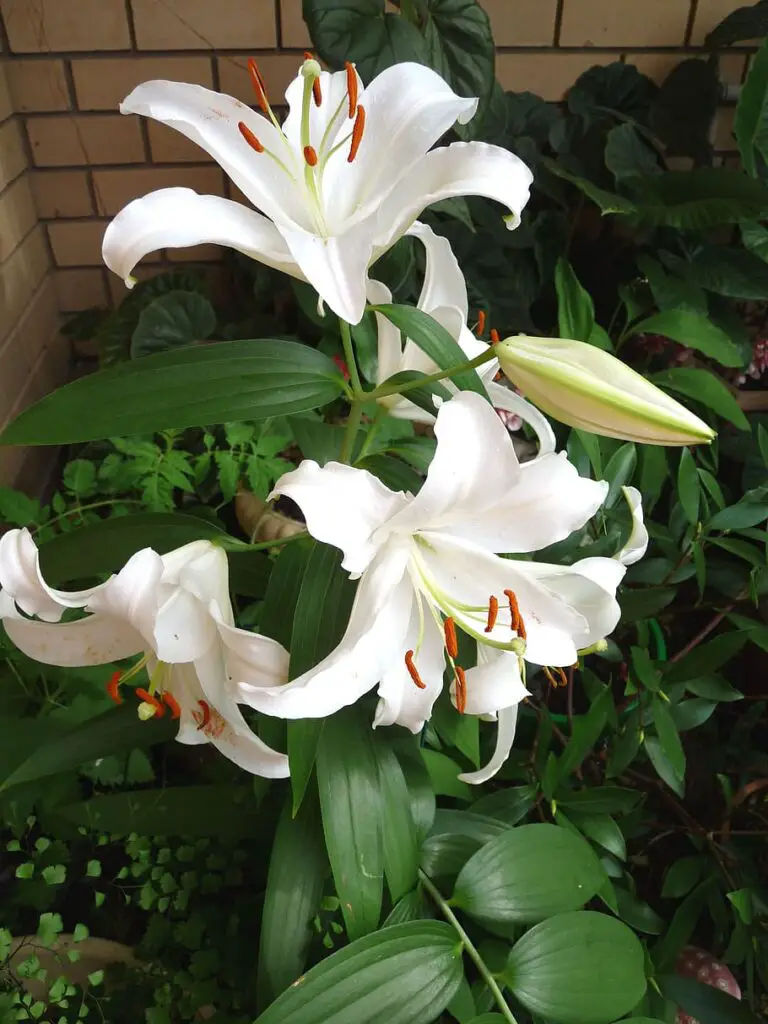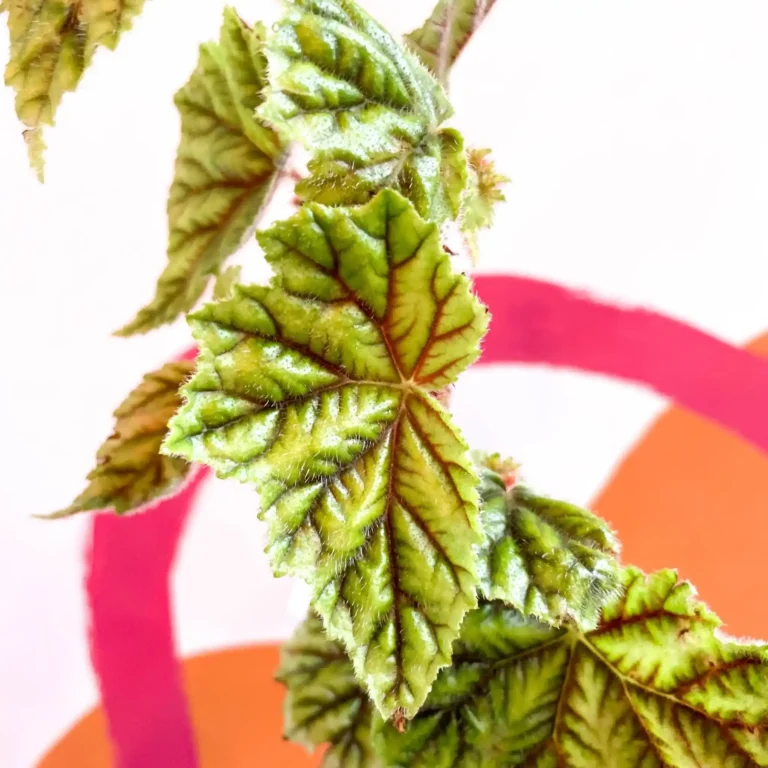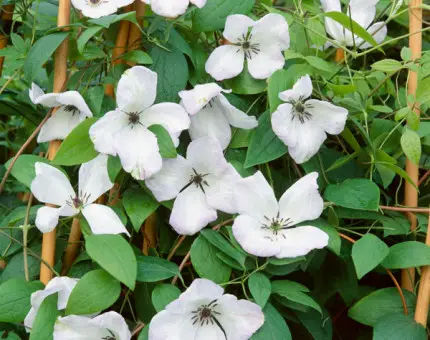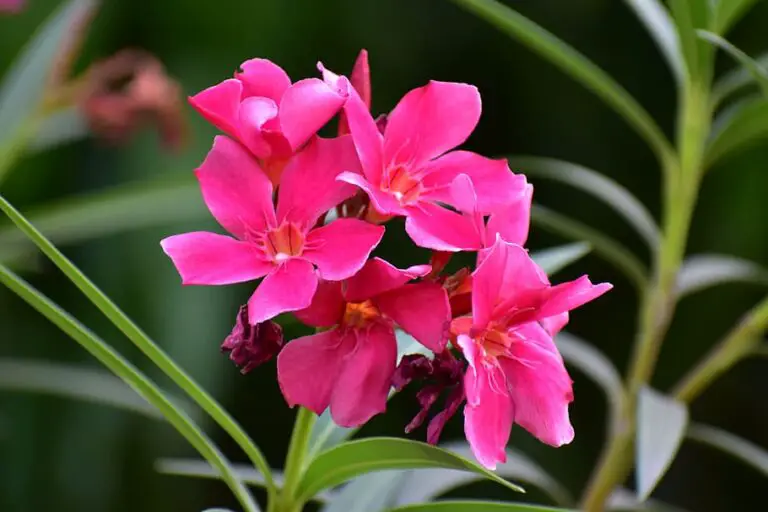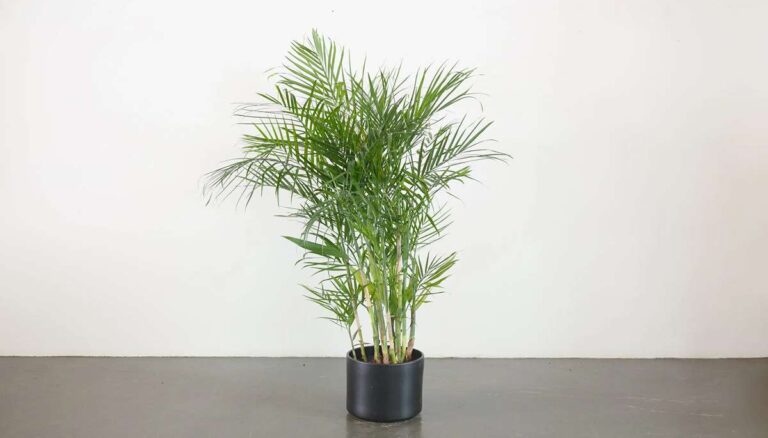Discover the art of cultivating and nurturing Heliotropium arborescens, a beautiful flowering plant. Explore step-by-step instructions on growing, propagating, and maintaining this captivating species for a thriving garden.
Introduction
Heliotropium arborescens, a charming flowering plant known for its vibrant blossoms and sweet fragrance, is a favorite among garden enthusiasts. In this guide, we will delve into the art of nurturing Heliotropium arborescens, covering everything from optimal growing conditions to pruning techniques. Whether you’re a novice gardener or an experienced horticulturist, this article will equip you with the knowledge to cultivate and care for this lovely plant.
Brief Overview of Heliotropium arborescens as a Flowering Plant
Heliotropium arborescens, commonly referred to as the “Garden Heliotrope” or “Cherry Pie,” belongs to the Boraginaceae family. Originating from Peru, this perennial plant showcases clusters of small, fragrant flowers that range in color from deep purple to shades of blue. One of its most captivating features is its ability to attract butterflies and other pollinators, making it an asset to any garden.
Mention Its Common Names and Distinctive Features
The Heliotropium arborescens is popularly known by names such as “Cherry Pie” due to its sweet, cherry-like fragrance, and “Garden Heliotrope” due to its attractive heliotropic nature – a tendency to follow the sun’s path throughout the day. Its lance-shaped leaves are velvety to the touch, providing a delightful sensory experience. The distinct aroma and striking appearance of this plant make it a sought-after addition to gardens and landscapes.
20 Fragrant Flowers Plant: Symbolism & History
Growing Heliotropium arborescens
Selecting the Right Location
To ensure optimal growth and blooming, Heliotropium arborescens requires the right location.
Preferred Climate and Sunlight Conditions
Heliotropium arborescens thrives in temperate climates with mild winters and warm summers. It flourishes in full sunlight but can also tolerate partial shade.
Soil Requirements
The ideal soil for Heliotropium arborescens is well-draining and slightly alkaline. A mixture of loam and sandy soil with good fertility provides the perfect foundation for healthy growth.
Propagation Methods
Propagation is a crucial step in expanding your Heliotropium arborescens collection.
Seed Propagation
Starting from seeds is an affordable and rewarding way to propagate this plant. Begin by sowing the seeds indoors during late winter, then transplant the seedlings outdoors after the last frost.
Stem Cutting Propagation
Stem cuttings can be taken from mature plants during spring or early summer. Plant the cuttings in a well-draining rooting medium and provide appropriate care until they establish roots.
Planting Process
Preparing the Soil
Prior to planting, prepare the soil by loosening it and adding organic matter for enhanced drainage and fertility.
Planting Seeds or Cuttings
Plant the seeds or cuttings at a depth of approximately twice their size. Water them gently after planting to encourage root establishment.
Proper Spacing Between Plants
Maintain a spacing of about 12 to 18 inches between Heliotropium arborescens plants to ensure proper air circulation and prevent overcrowding.
Watering and Moisture
Proper watering is essential for the health of your plants.
Regular Watering Schedule
Keep the soil consistently moist but not waterlogged. Water deeply whenever the top inch of soil feels dry.
Avoiding Waterlogging
Prevent waterlogging by ensuring proper drainage. Use raised beds or containers if your soil has poor drainage.
Fertilization
Feeding your Heliotropium arborescens plants ensures vigorous growth and abundant blooms.
Choosing Appropriate Fertilizers
Use a balanced, all-purpose fertilizer with a higher phosphorus content to promote flowering.
Feeding Frequency
Fertilize your plants every 4-6 weeks during the growing season, from spring to early fall.
Pruning and Shaping
Pruning is essential to maintain the health and appearance of your Heliotropium arborescens plants.
Encouraging Bushy Growth
Pinch back the growing tips to encourage branching and bushier growth.
Removing Spent Flowers
Regularly deadhead faded blooms to redirect energy towards new flower production.
Care and Maintenance
Sunlight Requirements
Heliotropium arborescens thrives in sunlight, but certain precautions are necessary.
Providing Adequate Sunlight
Ensure your plant receives at least 6-8 hours of direct sunlight daily for optimal growth and blooming.
Protection from Excessive Heat
In hot climates, provide partial shade during the hottest part of the day to prevent stress.
Temperature Tolerance
Managing temperature fluctuations is vital for the well-being of your plants.
Managing Temperature Fluctuations
Heliotropium arborescens can tolerate mild temperature variations, but extreme cold or heat should be avoided.
Frost Protection in Colder Climates
If you live in a colder climate, provide frost protection by covering your plants during chilly nights.
Pests and Diseases
Vigilance against pests and diseases is essential to maintain plant health.
Common Pests Affecting Heliotropium arborescens
Watch out for aphids, whiteflies, and spider mites, which are common pests for this plant.
Preventive Measures and Treatments
Regularly inspect your plants and use natural remedies like neem oil or insecticidal soap to manage pests. Prune and dispose of infected plant parts to prevent disease spread.
Mulching
Mulching offers numerous benefits for Heliotropium arborescens.
Benefits of Mulching
Mulch helps retain soil moisture, regulate temperature, and suppress weed growth.
Choosing Suitable Mulch Materials
Organic mulch, such as wood chips or straw, is a great choice. Apply a 2-3 inch layer around the base of your plants.
Support and Staking
Ensuring sturdy growth is essential for preventing breakage.
Ensuring Sturdy Growth
Use stakes or supports to provide stability to tall or sprawling Heliotropium arborescens plants.
Using Stakes and Supports as Needed
Install stakes early in the growing season and adjust them as your plants develop to prevent damage.
Flowering and Bloom Care
Flowering Season
Understanding the flowering season of Heliotropium arborescens is crucial.
Typical Blooming Period
Heliotropium arborescens typically blooms from late spring to early fall, with peak flowering during summer.
Factors Influencing Flowering
Proper care, including sunlight, water, and fertilization, greatly influences the abundance of blooms.
Deadheading
Regular deadheading is vital for continuous flowering.
Removing Spent Blooms
Trim faded flowers just above the first set of healthy leaves to stimulate new blossom growth.
Encouraging Continuous Flowering
By removing spent blooms, you encourage the plant to channel its energy into producing new flowers.
Fading Flowers and Seed Production
Allowing seed formation adds another dimension to your gardening experience.
Allowing Seed Formation
As flowers fade, they may form small seeds. Allowing some flowers to go to seed adds natural beauty to your garden.
Collecting and Storing Seeds
If you wish to collect seeds, let the flower heads dry on the plant, then carefully collect and store them for future planting.
Uses of Heliotropium arborescens
| Use | Description |
|---|---|
| Ornamental | The plant is grown for its fragrant flowers, which are typically blue or purple. It can be grown in pots or in the ground, and it is a popular choice for borders, hanging baskets, and cut flowers. |
| Perfume | The essential oil of garden heliotrope has a sweet, vanilla-like scent and is used in perfumes, cosmetics, and other fragrances. |
| Medicinal | The plant has been used medicinally to treat a variety of ailments, including coughs, colds, and stomachache. However, there is limited scientific evidence to support these claims. |
| Insecticide | The plant contains compounds that can be used to repel insects. It has been used to control mosquitoes, flies, and other pests. |
| Dye | The leaves of the plant can be used to make a blue dye. |
| Bird food | The seeds of the plant are a food source for birds. |
FAQs
- Can I grow Heliotropium arborescens indoors? Yes, you can grow Heliotropium arborescens indoors, but ensure it receives ample sunlight or use artificial lighting for adequate light levels.
- Is Heliotropium arborescens prone to any diseases? While it’s relatively disease-resistant, keep an eye out for fungal issues in humid conditions and promptly treat with appropriate fungicides.
- How often should I fertilize my Heliotropium arborescens? Fertilize every 4-6 weeks during the growing season using a balanced, phosphorus-rich fertilizer.
- Can I propagate Heliotropium arborescens from leaf cuttings? Leaf cuttings are generally not successful for propagating Heliotropium arborescens. Stick to stem cuttings for better results.
- Why are my Heliotropium arborescens leaves turning yellow? Yellowing leaves can indicate overwatering or nutrient deficiencies. Adjust your watering schedule and consider fertilizing.
- How do I encourage more fragrant blooms? To enhance the fragrance of Heliotropium arborescens blooms, provide adequate sunlight and ensure proper care to promote healthy flowering.
Conclusion
Cultivating and caring for Heliotropium arborescens can be an immensely rewarding experience. By following the guidelines outlined in this comprehensive guide, you’re well-equipped to nurture this enchanting flowering plant. From selecting the right location to managing pests and enjoying the beauty of continuous blooms, your garden will thrive with the presence of Heliotropium arborescens. Remember, a bit of patience and dedication will lead to a garden filled with the delightful charm of this remarkable plant.

